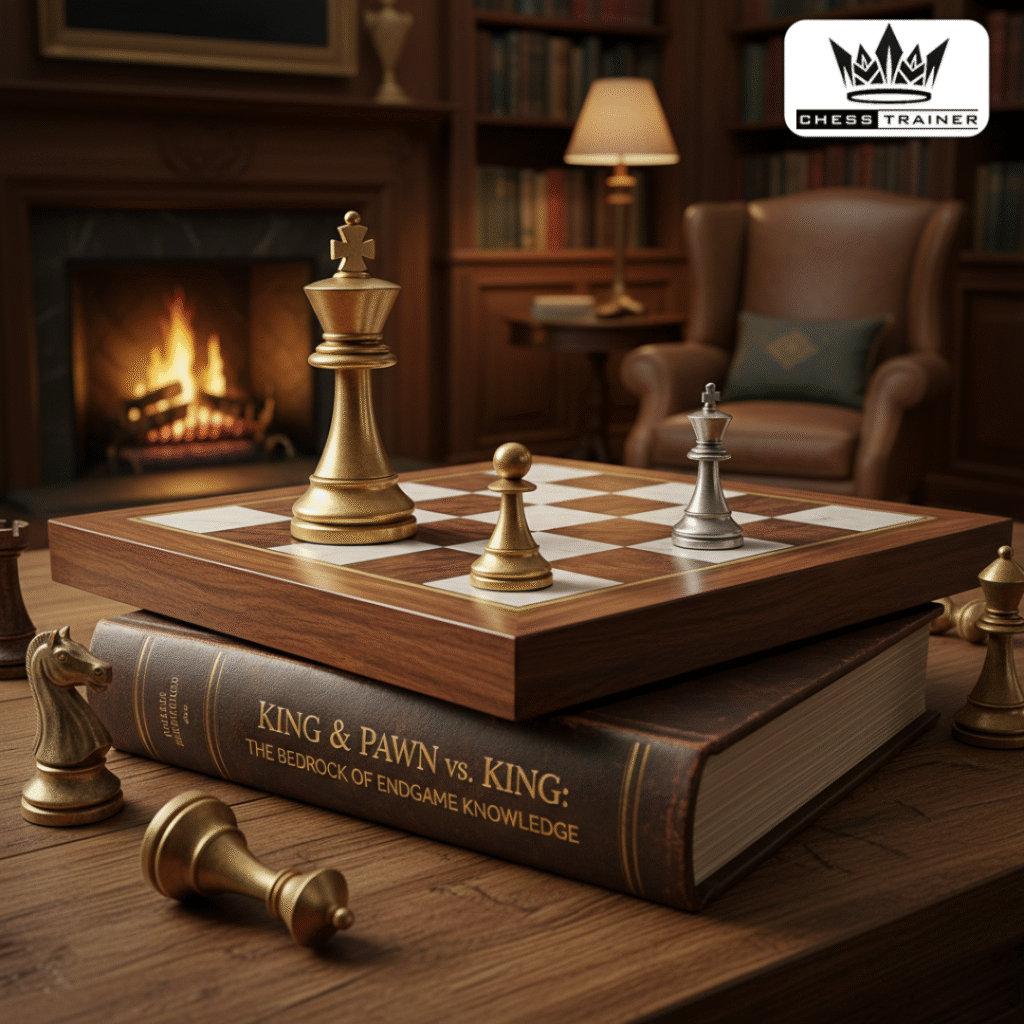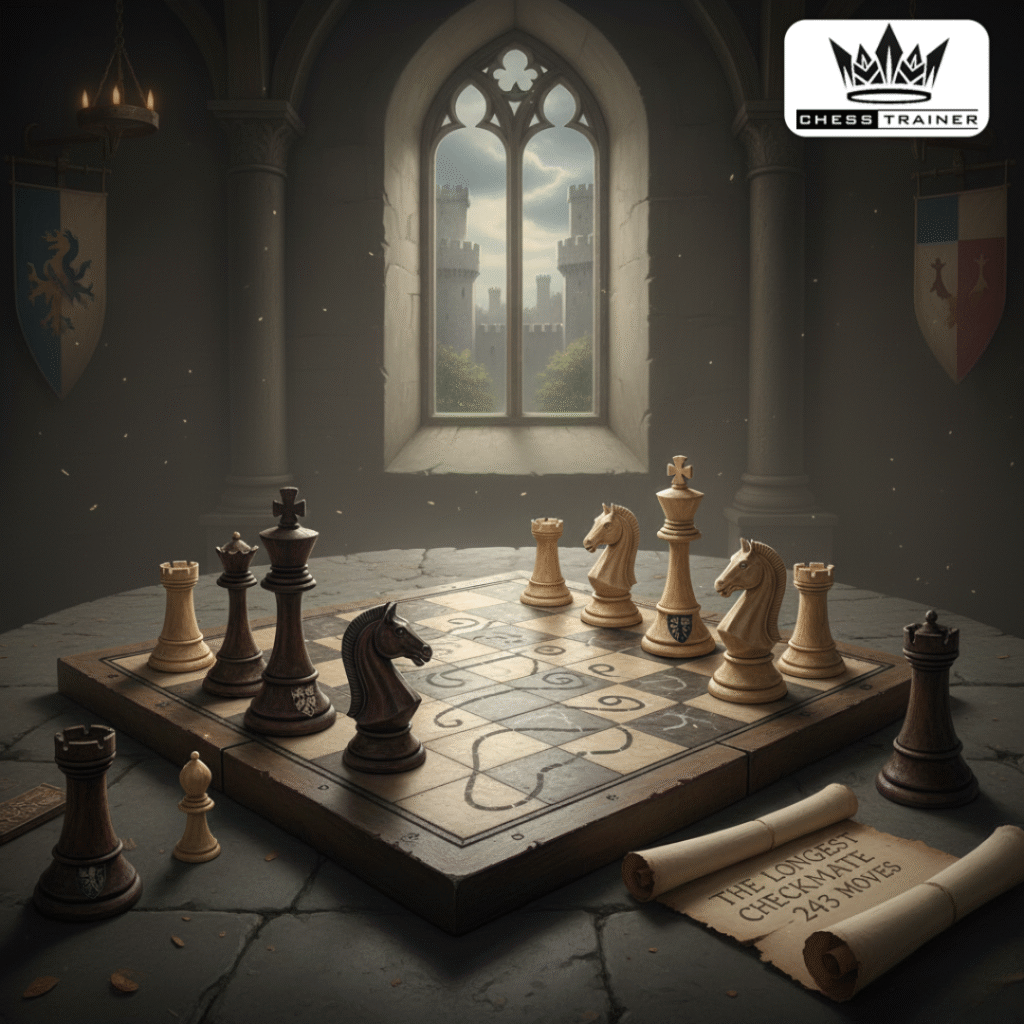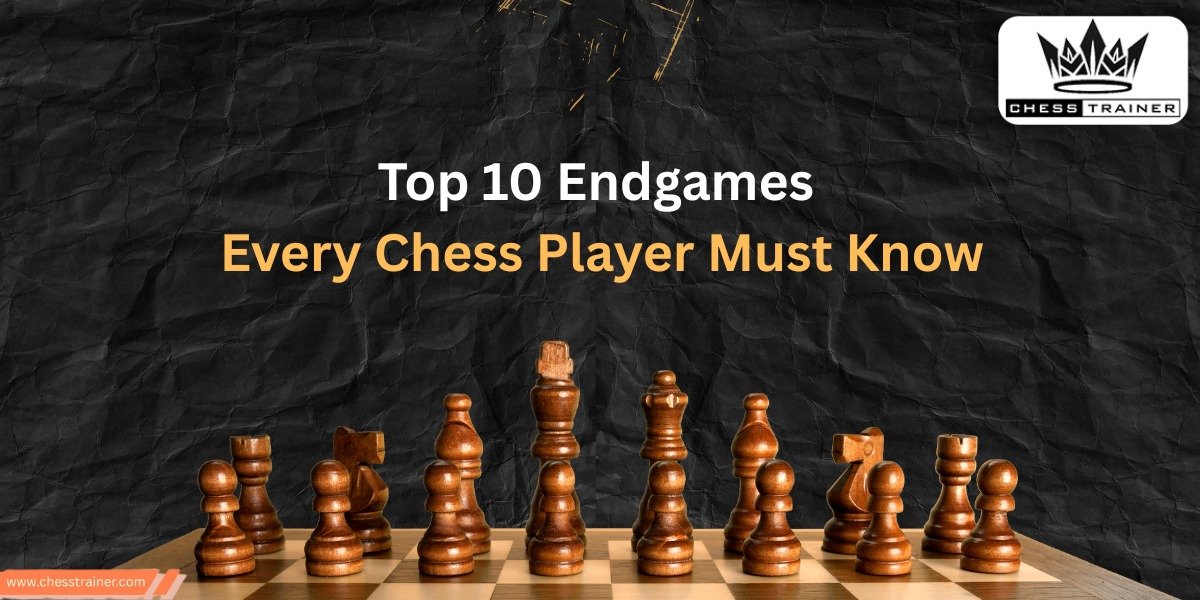Top 10 Endgames Every Chess Player Must Know
Mastering endgames is essential for every chess player aiming to elevate their game. While opening theory and middlegame tactics often dominate training, the endgame is where precision and understanding truly shine. This comprehensive guide delves into the top 10 endgames that every chess player must know, providing foundational knowledge and practical strategies to navigate the final phase of the game effectively.
Why Endgames Matter: The Foundation of Chess Mastery
Endgames are not merely about converting material advantage into a win; they are about understanding the underlying principles that govern the final phase of the game. A deep comprehension of endgame theory allows players to:
- Convert Advantages: Transform slight material or positional advantages into a full point.
- Save Draws: Utilize defensive techniques to salvage half-points from seemingly lost positions.
- Enhance Calculation Skills: Sharpen the ability to calculate precise variations, a skill transferable to all phases of the game.
- Understand Pawn Structures: Grasp the significance of pawn structures and their impact on the game’s outcome.
1. King and Pawn vs. King: The Bedrock of Endgame Knowledge

Understanding the King and Pawn vs. King endgame is crucial for every chess player. This fundamental endgame teaches the importance of opposition, the concept of the “square of the pawn,” and the critical role of the king’s activity. Mastery of this endgame ensures that players can convert a pawn advantage into a win and defend against it effectively.
2. Rook and King vs. King: The Basic Checkmate
The ability to checkmate with a rook and king against a lone king is a fundamental skill. This endgame emphasizes the importance of cutting off the opposing king’s escape routes and methodically driving it to the edge of the board. Understanding this technique is essential for every chess player to convert a material advantage into a victory.
3. Queen and King vs. King: The Ultimate Checkmate
Checkmating with a queen and king against a lone king is a critical skill. This endgame teaches the importance of coordinating the queen and king to methodically drive the opposing king to the edge of the board and deliver checkmate. Mastery of this technique ensures that players can convert a significant material advantage into a win.
4. Rook and Pawn vs. Rook: The Lucena and Philidor Positions
The Lucena and Philidor positions are essential for every chess player to understand. These endgames demonstrate the importance of piece activity, the concept of “cutting off” the opposing king, and the critical role of pawn promotion. Mastery of these positions allows players to convert a rook and pawn advantage into a win and defend against it effectively.
5. Rook and Bishop vs. Rook: A Test of Technique
The Rook and Bishop vs. Rook endgame is a complex scenario that tests a player’s understanding of piece coordination and king activity. This endgame emphasizes the importance of creating a “safe zone” for the king and methodically driving the opposing king to the edge of the board. Understanding this endgame is crucial for every chess player aiming to master endgame techniques.
6. Queen and Pawn vs. Queen: The Stalemate Trap
In this endgame, the concept of stalemate becomes crucial. Players must be cautious when promoting pawns, as premature promotion can lead to a stalemate, resulting in a draw. Understanding the nuances of this endgame ensures that players can convert a pawn advantage into a win without falling into stalemate traps.
7. King and Two Bishops vs. King: The Forced Checkmate
This endgame requires precise coordination between the two bishops and the king to methodically drive the opposing king to the edge of the board and deliver checkmate. Understanding this technique is essential for every chess player to convert a material advantage into a victory.
8. King and Bishop vs. King: The 50-Move Rule
In this endgame, players must be aware of the 50-move rule, which states that if 50 consecutive moves are made by both players without any pawn movement or capture, a draw can be claimed. Understanding this rule and the techniques to force a win within 50 moves is crucial for every chess player.
9. King and Knight vs. King: The Longest Checkmate

This endgame is one of the most challenging, requiring precise maneuvering of the knight and king to deliver checkmate. Understanding this technique is essential for every chess player aiming to master endgame strategies.
10. Pawn Endgames: The Importance of Opposition and the Rule of the Square
Pawn endgames often determine the outcome of a game. Understanding concepts like opposition and the “rule of the square” allows players to assess whether a pawn can promote and how to stop an opponent’s pawn from promoting. Mastery of these concepts is crucial for every chess player to navigate pawn endgames effectively.
Conclusion: Elevate Your Endgame Skills
Mastering these top 10 endgames is essential for every chess player aiming to improve their game. As a dedicated chess trainer, FIDE-certified coach Dhanesh Shrikhande emphasizes the importance of understanding the underlying principles and practicing these endgames to enhance players’ ability to convert advantages into wins and defend against unfavorable positions. Remember, the endgame is where precision and understanding truly shine.
FAQs
Q1: Why are endgames important in chess?
Endgames are crucial because they often determine the outcome of a game. Understanding endgame principles allows players to convert advantages into wins and defend against unfavorable positions.
Q2: How can I improve my endgame skills?
Regular practice, studying endgame theory, and analyzing endgame positions from actual games can significantly improve your endgame skills.
Q3: Are there any resources to study endgames?
Yes, there are numerous books, online courses, and chess platforms that offer comprehensive endgame training. Websites like Chess.com and ChessBase provide valuable resources for players of all levels.
Q4: How do I know which endgames to study first?
Start with fundamental endgames like King and Pawn vs. King, Rook and King vs. King, and Queen and King vs. King. These form the foundation for more complex endgame scenarios.
Q5: Can endgame knowledge help in the middlegame?
Absolutely. Understanding endgame principles can influence middlegame strategies, especially in terms of pawn structures and piece activity.
Also Read: Chess as Life: Applying the Game’s Lessons Off the Board
👉 Follow Us on Social Media! Stay Connected & Stay Ahead! 👇
📘 Facebook || 📸 Instagram || 💼 LinkedIn || 🎯 Twitter || 📌 Pinterest

